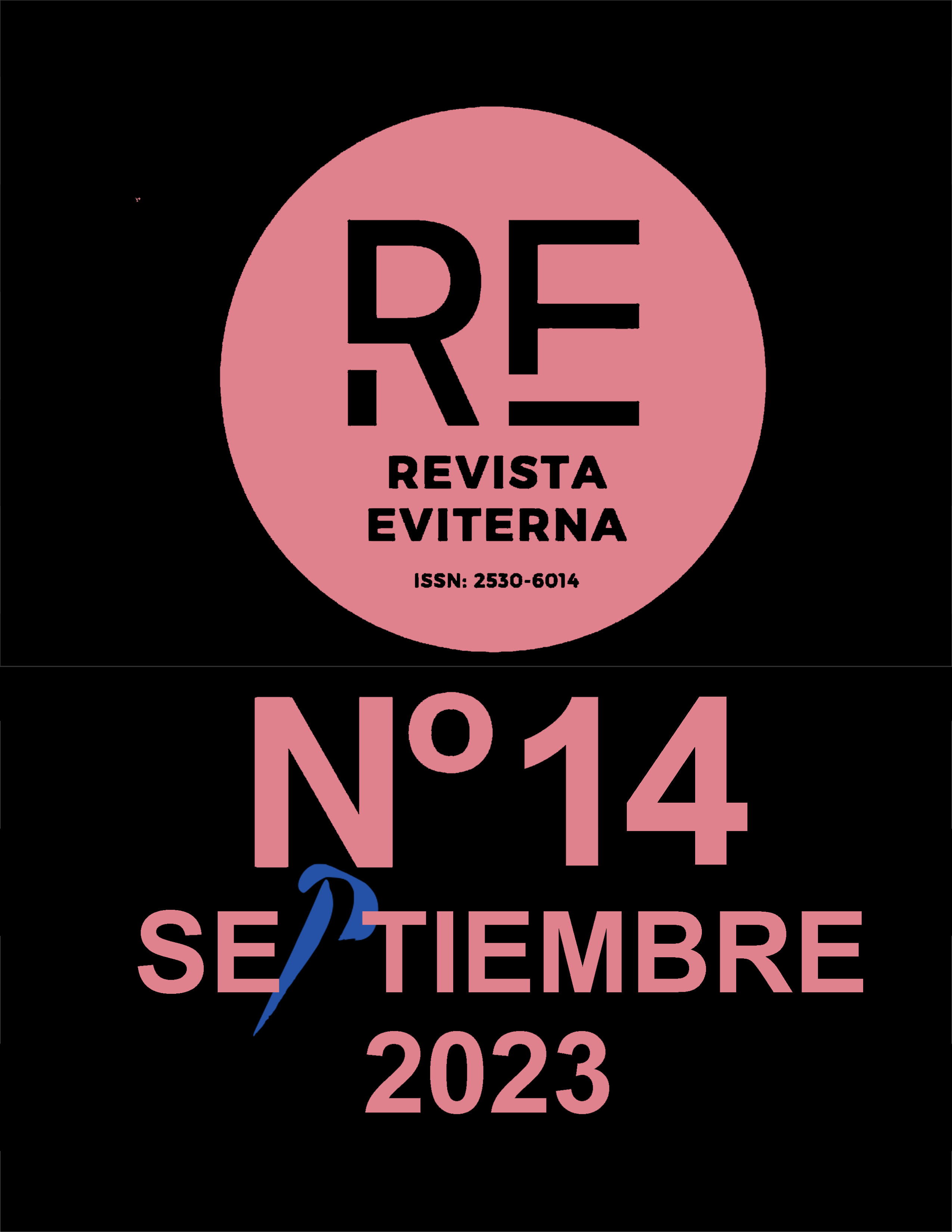The first films by the Lumière and the cubism of Pablo Picasso
Analysis of common points: realism, time and movement
DOI:
https://doi.org/10.24310/re.14.2023.16967Keywords:
Cinema, cubism, Lumière, films, PicassoAbstract
In this investigation, various connections found between the first films of the Lumière Brothers and the cubist movement are analyzed, taking in this case as an object of study, specifically the cubism of Pablo Picasso, as well as those films by the Lumières. considered the first documentaries in the history of cinema, founders of the cinema that from then on began to be called "realistic". Through this work, we will try to show that there are various points in common between early cinema and cubism, specifically examining certain links found between the first films of the Lumières and Pablo Picasso's cubism. For this, we will focus on investigating the common concepts in both fields of realism, time and movement, taking as reference the appreciations that, on these three specific aspects, authors such as Román Gubern, John Golding, Daniel-Henry Kahnweiler or Standish D. Lawder, among others. Firstly, we will highlight the importance of the realistic character of cubism, realism also palpable and defining in the films of the Lumière Brothers and secondly, we will analyze the revolutionary incorporation of the concepts of time and movement in Pablo Picasso's cubism, agents equally essential and transformative in the cinema that the Lumières created. Through all these aspects, on the one hand, we will try to demonstrate that the concept of realism could become an important connection to take into account between the first films by the Lumières and Pablo Picasso's cubism and, on the other hand, we will try to show that the concepts of time and movement were situated in the first cinema and also in cubism, as two decisive elements for the development of both artistic manifestations, capable of causing an impact never before experienced in their first spectators.
Downloads
Metrics
Publication Facts
Reviewer profiles N/A
Author statements
Indexed in
-
—
- Academic society
- N/A
- Publisher
- Universidad de Málaga
References
Apollinaire, G. (2008). Crónicas del cubismo, (1905 – 1918). Leviatán.
Bozal, V. (2009). Apollinaire y el cubismo [prólogo]. En Meditaciones estéticas. Los pintores cubistas. La balsa de la Medusa.
B. Rose, Bernice. (2007). Picasso Braque and early film in cubism. PaceWildenstein.
Cabanne, P. (1982a). El siglo de Picasso. I (1881-1912). El nacimiento del Cubismo. Ministerio de cultura.
Cabanne, Pierre. (1982b). El siglo de Picasso. II (1912-1937). Las metamorfosis. Ministerio de cultura.
Carmona, R. (1998). De los orígenes de la fotografía a la factoría Edison. El nacimiento del cine en los Estados Unidos (pp.39-78). En AA. VV. Historia general del cine. Volumen I. Orígenes del cine. Catedra, Signo e Imagen.
Daix, P. (1991). Diario del cubismo. Barcelona: Ediciones Destino.
Fernández Cuenca, C. (1971). Picasso, en el cine también. Editora Nacional.
Golding, J. (1993). El cubismo. Una historia y un análisis. Alianza Forma.
Gómez, Agustín. (2011). Picasso: cine y arte. Fundación Pablo Ruiz Picasso y Ayuntamiento de Málaga.
Gubern, R. (2006). Historia del cine. Lumen.
Kahnweiler, D.-H. (2013). El camino hacia el cubismo. Acantilado.
Lawder, S. D. (1975). The cubist cinema. New York University Press.
Miller, A. I. (2007). Einstein y Picasso. El espacio, el tiempo y los estragos de la belleza. Tusquets.
Palau i Fabre, J. (1990). Picasso Cubismo. 1907-107. Polígrafa.
Palau i Fabre, J. (1980). Picasso Vivo. 1881-1917. Polígrafa.
Poincaré, H. (1902). La Sciencie et l’Hypotèse. Ernest Flammarion, Éditeur.
Richardson, J. (1997). Una biografía, Vol. II. 1907 -1914. Alianza.
Richardson, J. (1991). Una biografía, Vol. I. 1881 -1906. Alianza.
Rubin, W. (1991). Picasso y Braque. La invención del cubismo. Con una cronología documental elaborada por Judith Cousins. Polígrafa.
Sadoul, G. (1956). Historia del Cine. I. La Época Muda. Losange.
Sánchez Noriega, J. (2006). Historia del Cine. Teoría y géneros cinematográficos, fotografía y televisión. Alianza Editorial.
Stein, G. (1933). Autobiografía de Alice B Toklas. Harcourt.
Soto Calzado, I. (7 de diciembre de 2019). La pintura móvil de Picasso: Corrida. Recuperado de: https://riuma.uma.es/xmlui/handle/10630/18031?show=full
Staller, N. (2001). A sum of destructions. Picasso´s cultures and the creation of cubism. Yale University Press.
Downloads
Published
How to Cite
Issue
Section
License
Copyright (c) 2023 Eviterna Journal

This work is licensed under a Creative Commons Attribution-NonCommercial-ShareAlike 4.0 International License.
All the contents published in Revista Eviterna are subject to the Creative Commons Reconocimento-NoComercia-Compartirigual 4.0 license, the full text of which can be found at <http://creativecommons.org/licenses/by-nc-sa/4.0>
They may be copied, used, disseminated, transmitted and publicly exposed, provided that:
The authorship and original source of your publication (Journal, editorial and URL of the work) are cited.
They are not used for commercial purposes.
The existence and specifications of this use license are mentioned.

Copyright is of two kinds: moral rights and patrimonial rights. Moral rights are perpetual, inalienable, inalienable, inalienable, inalienable and imprescriptible prerogatives.
In accordance with copyright legislation, Revista Eviterna recognizes and respects the moral rights of the authors, as well as the ownership of the economic right, which will be transferred to the University of Malaga for dissemination in open access.
The economic rights refer to the benefits obtained by the use or disclosure of the works. Revista Eviterna is published in open access and is exclusively authorized to carry out or authorize by any means the use, distribution, disclosure, reproduction, adaptation, translation or transformation of the work.
It is the responsibility of the authors to obtain the necessary permissions of the images that are subject to copyright.







12.png)



